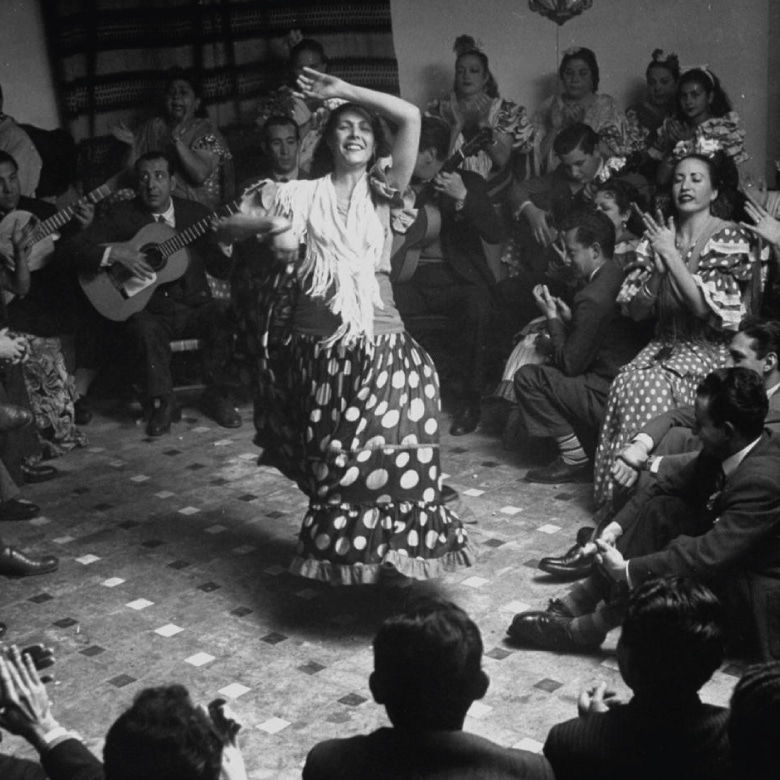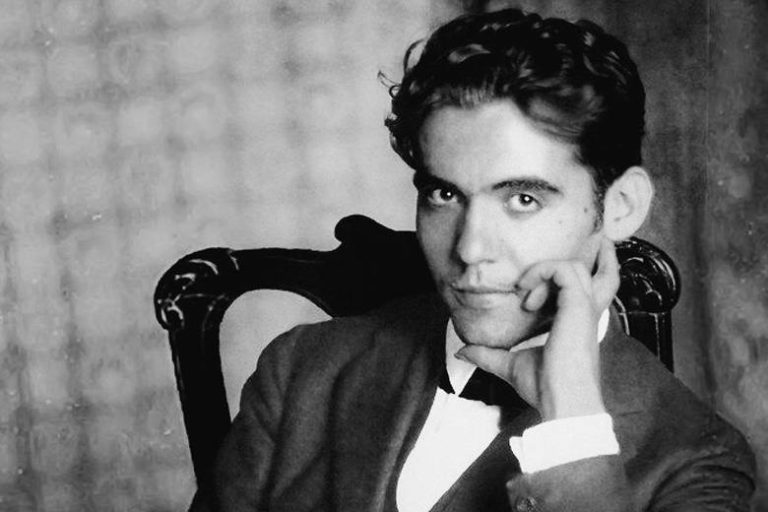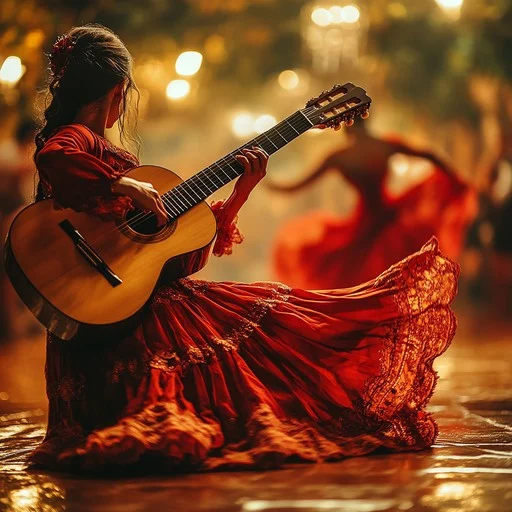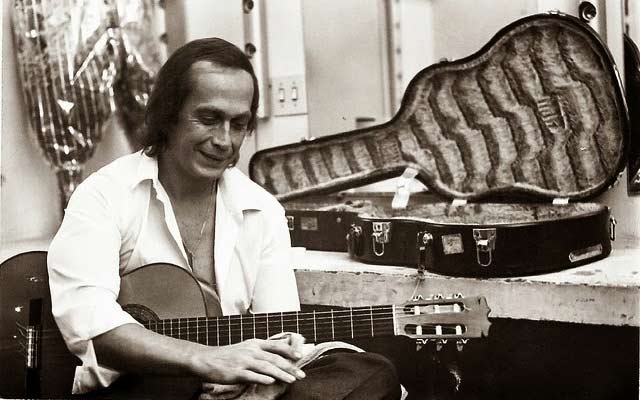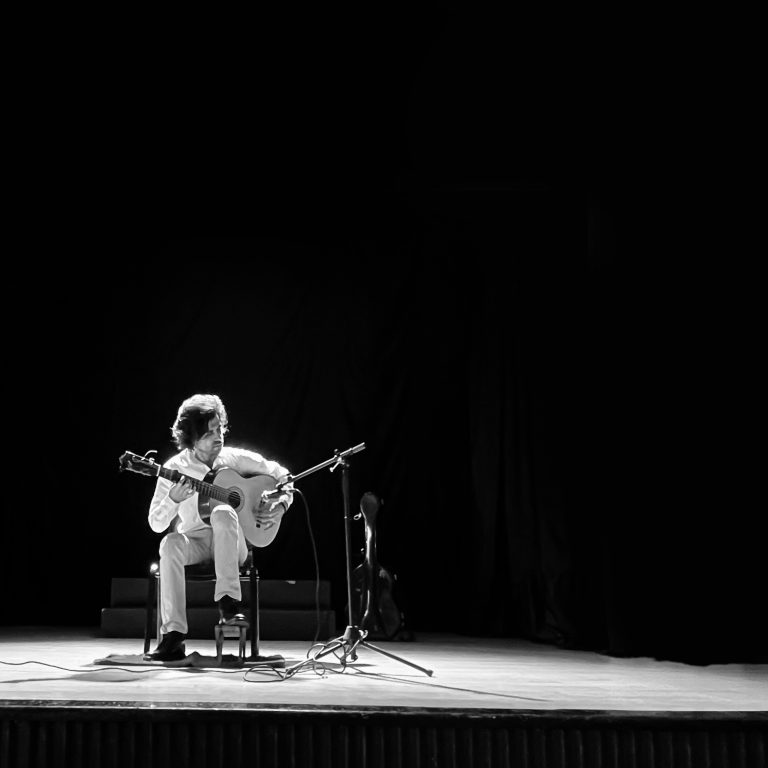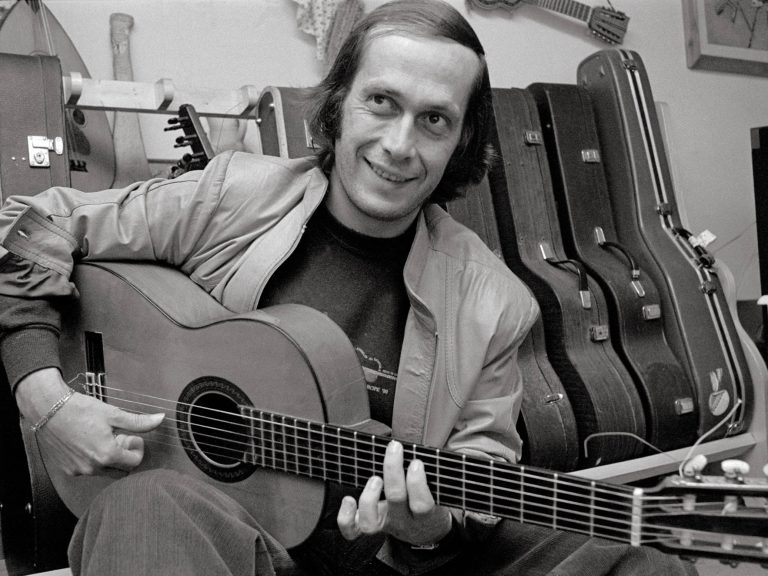Flamenco guitar lessons online Beginner to advanced
Flamenco style, one of the most beautiful styles of playing Spanish guitar.
Flamenco isn’t just music—it’s a living, breathing art form that captures the raw passion of Spain.
The language of raw emotion. Through its fiery Rasgueados, haunting melodies, and percussive beats, you can channel passion, sorrow, joy, and defiance like no other style allows.
The powerful footwork of dancers, or the deep emotion of “Cante jondo” ( Serious Songs in Flamenco)
This art form will ignite your spirit.
From the intimate Juergas (flamenco gatherings) of Andalusia to modern fusion experiments, flamenco continues to evolve while staying true to its emotional core. Learning it doesn’t just give you new techniques – it transforms how you feel and express music. When you play flamenco, you’re not just performing – you’re telling a story with every note, every strum, every silent pause filled with anticipation.
Flamenco, the passionate and soulful art from southern Spain, has three main parts: Singing (Cante), Dancing (Baile) and Guitar (toque).
Flamenco emerged in Andalucia where gypsy migrants settled in the 15th century.
They mixed their music with Moorish people (Arab-Andalusian) who have been living there since 8th century.
Are you ready to begin your journey into this passionate musical world? The first step is the most exciting – that moment when the flamenco spirit awakens in your playing and changes your relationship with music forever.
Whether you are a complete beginner or an intermediate player this guide will help you to recognize the essentials of flamenco guitar.
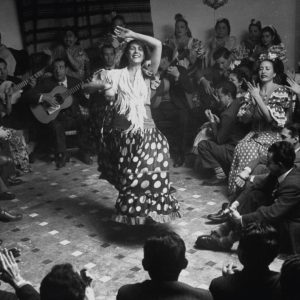
Why learn flamenco guitar?
- Unique percussive sound
- Great culture with mysterious roots!
This UNESCO-recognized art blends Gypsy, Moorish, and Spanish traditions. Playing it links you to over 500 years of history.
- Various techniques, this style improves your ability to play Spanish guitar even in other styles.
- Express Raw, Unfiltered Emotion
- Bulletproof Your Rhythm
Flamenco’s compás (12-count cycles) trains ironclad timing—essential for any genre, from jazz to rock.
- Command the Stage Like a Pro
Flamenco players radiate confidence & intensity. Learn it, and you’ll own every performance with fearless energy.
- Never Get Bored Again
With endless Falsetas (solos), improvisation, and evolving fusion styles, flamenco is a lifelong adventure.
- Stand Out from Other Guitarists
Contemporary Flamenco:
The golden age of today`s flamenco was 18th to 19th, when flamenco went public in Cafes and Spanish guitar was the main instrument to accompany singers and dancers.
The rise of solo flamenco guitar
Flamenco guitar solos emerged as a standalone art in the early 20th. One of the most important pioneers Don Ramon Montoya, while flamenco guitar originally accompanied singers and dancers, Ramon Montoya Revolutionized it by introducing virtuosic solo techniques.
Some legends of Flamenco guitar from early 19th till now…
Niño Ricardo (1904 – 1972)
Nino Ricardo (real name: Manuel Serrapí Sánchez, 1904–1972) was a highly influential flamenco guitarist from Seville, Spain. Though not as widely recognized outside flamenco circles as Paco de Lucía or Sabicas, he was a pivotal figure in the evolution of modern flamenco guitar playing.
Known for his deep, rhythmic compás and intricate falsetas (flamenco solos), Ricardo developed a highly personal style that bridged traditional and modern flamenco. His playing was rich in ornamentation and had a distinctive “dry” sound.
He was a major influence on later legends like Paco de Lucía, Manolo Sanlúcar, and Vicente Amigo. Many consider him the “missing link” between early flamenco guitarists (like Ramón Montoya) and the modern era.
Sabicas (1912 – 1990)
The first global ambassador! He moved to New York, popularizing flamenco solos worldwide.
A legendary figure in flamenco, Sabicas was a technical pioneer who transformed the guitar into a solo instrument with global appeal. Born in Pamplona, Spain, he became famous for his blinding speed, flawless execution, and innovations that pushed flamenco into modernity.
Sabicas perfected Picado (scale runs) and tremolo, setting new standards for speed and precision. His clean, sharp attack became a benchmark for future guitarists, including Paco de Lucía.
Before Sabicas, flamenco guitar was primarily accompaniment. He elevated it to a concert art form, touring worldwide and introducing flamenco to audiences beyond Spain.
Paco de lucia (1947 – 2014)
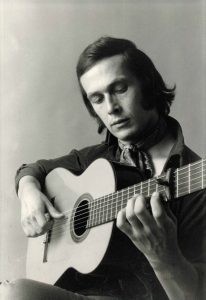
The most influential flamenco guitarist in history, his 1973 hit “Entre Dos Aguas”
Blended jazz harmonies with traditional ones.
Paco de Lucía (Francisco Sánchez Gómez) was not just a guitarist; he was a musical force of nature who redefined flamenco and brought it to the world stage. Born in Algeciras, Spain, he grew up in a family of flamenco artists and became the most influential flamenco guitarist of all time—blending tradition with fearless innovation.
His picado (scalar runs) was faster and cleaner than anyone before him, setting a new technical standard.
Revolutionized right-hand technique, incorporating classical and jazz influences while keeping flamenco’s raw emotion.
His collaborations with John McLaughlin (Shakti) and Al Di Meola (Friday Night in San Francisco) made flamenco a world music phenomenon.
Serranito (born 1942)
Born Victor Monge “Serranito” in Madrid, Spain, he is one of flamenco’s most respected and enduring maestros—a bridge between the golden age of Sabicas & Nino Ricardo and the modern mastery of Paco de Lucía.
Trained in the old-school flamenco of Montoya & Ricardo, but refined with classical precision and explosive technique.
Known for his lyrical, melodic falsetas—less aggressive than Paco, but equally profound.
Manolo Sanlucar (1943 – 2022 )
Born Manuel Muñoz Alcón in Sanlúcar de Barrameda (Cádiz), Spain, Sanlúcar was not just a guitarist but a composer, innovator, and visionary who expanded flamenco into the realm of high art. Where Paco de Lucía brought flamenco to the world with fiery virtuosity, Sanlúcar took it to symphonic heights, blending deep tradition with avant-garde experimentation.
Moraito Chico (1956 – 2011)
Born Manuel Moreno Junquera in Jerez de la Frontera, Spain, Moraito was the raw, untamed genius of flamenco guitar—a player who embodied the duende (soul) of traditional Gypsy flamenco like few others. Where Paco de Lucía expanded flamenco’s horizons and Manolo Sanlúcar composed symphonic works, Moraito was the keeper of pure, undiluted Gypsy style, channeling the deepest “Cante jondo” traditions.
New generation:
Vicente Amigo (born 1967)
A student of Paco`s style, well known for his great modern feeling.
Born in Guadalcanal, Seville, and raised in Córdoba, Vicente Amigo is the spiritual successor to Paco de Lucía—a guitarist who merges flamenco’s fiery roots with world music elegance. Where Paco revolutionized technique and Sanlúcar composed symphonic works, Amigo brings a lyrical, almost mystical quality to flamenco, earning him a place among the greatest living guitarists.
Tomatito (born 1958)
Born José Fernández Torres in Almería, Spain, Tomatito is one of the most charismatic and soulful flamenco guitarists of his generation. A longtime collaborator of Camarón de la Isla, he helped redefine modern flamenco with his raw emotion, rhythmic genius, and improvisational brilliance.
Diego Del Morao (born 1978)
Son of de legendary Moraito Chico, great guitarist carrying his father`s style!
Antonio Rey (Born 1981)
Award – winning guitarist, who balances tradition and innovation.

